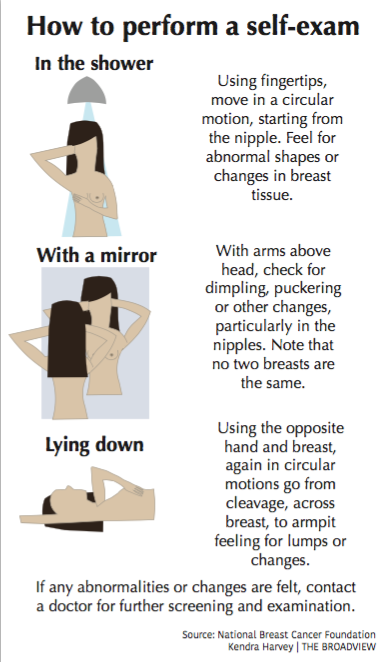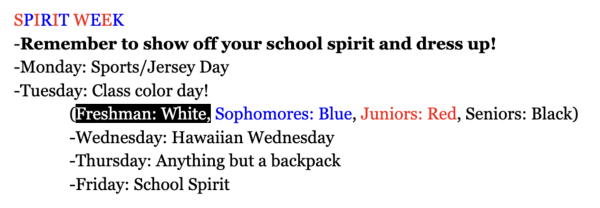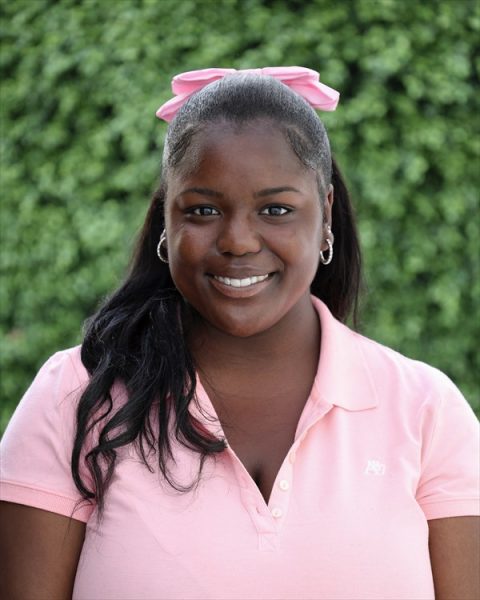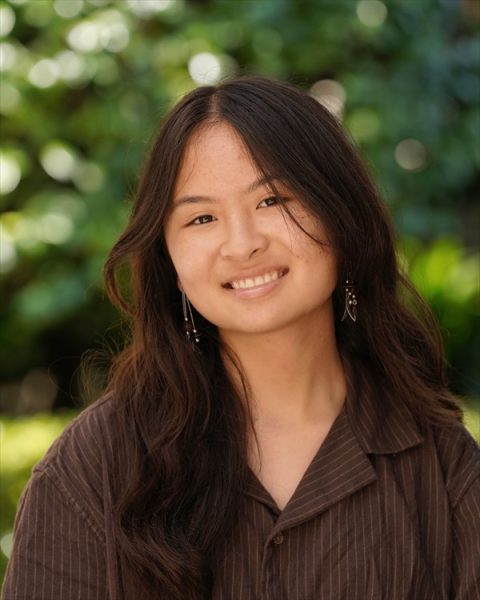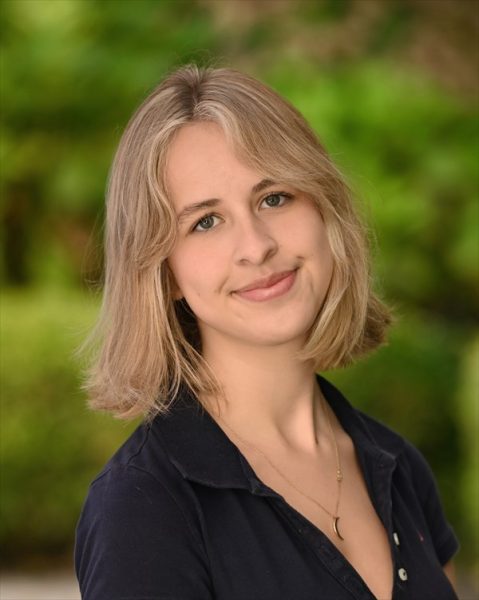Self-exams save lives through early detection of breast cancer
November 9, 2015
Despite the controversy over the American Cancer Society’s new recommendations that regular mammograms breast cancer screening start later, experts agree it is crucial for all women to examine their breasts and know their body for early detection and treatment of the disease.
“The most important thing for young women to know is that they should do their monthly breast self-exam so they can get used to what their breasts feel like normally,” Lina Nayak, University of California San Francisco Breast Imaging Fellow, said. “As time goes on, they can better identify what their tissue feel like and if their is something abnormal.”
Although the ACS has recently revised its guidelines for mammograms to begin at age 45, five years later than previously recommended, it still agrees self-exams are essential for women of any age.
Marghita Bruce, mother of three, including sophomore Lizzie Bruce and senior Rebecca Bruce, was diagnosed at 36 with breast cancer after arguing with doctors who assured her the lumps were normal and not likely to be cancerous.
“I had just finished breastfeeding and I just noticed that my breasts didn’t return back to normal,” Bruce said. “I felt lumps, and particularly one side felt different to the other. It just felt different from what it had felt like before.”
Doctors told Bruce that her lump was from breastfeeding and was normal. After multiple doctors’ visits, she finally had a mammogram, which came back negative. Bruce went with her gut feeling and sought out a specialist to examine her.
“I was really unhappy with the doctors and I said to the specialist ‘I want a biopsy done’,” Bruce said. “They went to the area where I felt a lump. That was when they found the cancer.”
Five years later, Bruce has fully recovered, but she continues to have screenings and exams twice a year.
For young women, self-exams and early detection are the only way to find potential breast cancer, and informing women about their breasts in the first step for teenagers and women in their early 20s, according to Nayak.
Juniors and seniors are required to attend two of eight wellness classes this year, and some are planned to include information about breast health, according to Director of Student Life Devin Demartini-Cooke.
Knowing the difference between normal and abnormal changes and pushing for doctors to provide care is important for women to know at an early age, according to Bruce.
“It is your body, so you should know your breasts,” Bruce said. “If you are worried about something then make sure you keep going until you find a doctor to work with. Push for yourself.”




